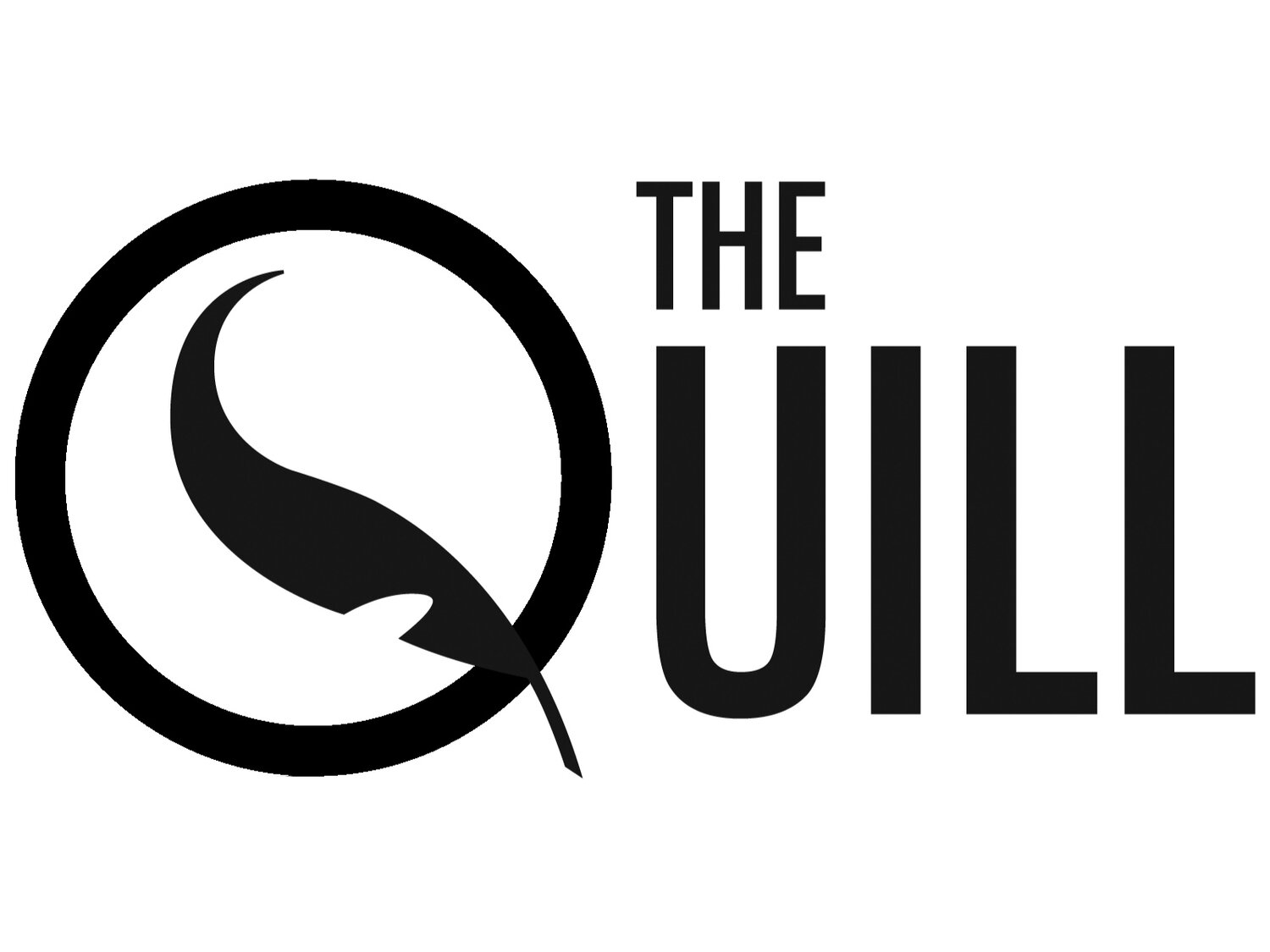(Krista Mills / The Quill)
During the summer of 2016, Brandon University student Peter Brandt joined BU assistant professor, Dr. Peter Whittington of the Geography department on a field study of peatlands in Eastern Manitoba. Whittington has spent over a decade of his career studying peatlands, and the regeneration of peatlands, so the subject was very dear to him.
Peatlands are essentially comprised of layers upon layers of dead moss, hence the term ‘peat moss’. This is commonly found during the spring and summer months at your local yard and garden supply store. Once tilled into soil, peat moss helps flowers and produce flourish. For this purpose, great swaths of it have been harvested in Eastern Manitoba.
Enter Brandt and Dr. Whittington. Funded by the Canadian Sphagnum Peat Moss Association in collaboration with the Natural Sciences and Engineering Research Council of Canada and a Brandon University Research committee award (which was co-awarded to fellow Geography professor, Dr. Dion Wiseman), Brandt and Whittington were committed to studying the peatlands and their rehabilitation after harvest. The harvesting of peat moss began in the 1940s, and has provided a number of jobs to Manitobans, but in recent years provincial regulations have tightened the rules regarding harvesting in favour of the rehabilitation and restoration of the peatlands.
“They do a remarkable job of creating an environment they enjoy for themselves,” Whittington was quoted in the BU Alumni News, Summer 2016 issue. “Natural peatlands are extremely good at holding water where they want it. They shed water when they’re wet, and hold it when they’re dry.”
This ability to retain and store potentially huge masses of water makes peat moss necessary to natural flood prevention. The peatlands become giant sponges, allowing for the study of hydrology in the area. It is particularly important in Manitoba, which is approximately 38% peatland by area – the largest percentage of peatland in Canada.
Brandt’s interest in Geography focuses primarily on maps. He used a drone over the summer months to monitor the peatlands using a bird’s-eye-view and an infrared camera to measure moisture content in the ground. While the concept of the use of a drone seems very technologically savvy, and is very technologically savvy, the particular type of drone that Brandt used was very new, and needed to be calibrated frequently against the actual on-the-ground, muddy-boots measurements, a process called “truthing”. This gave Brandt hands-on experience taking moisture-level measurements from the soil directly and then using the drone for much faster updates later.
“It’s new skillsets, new tech, new software,” Brandt said in the same issue of BU Alumni News.

